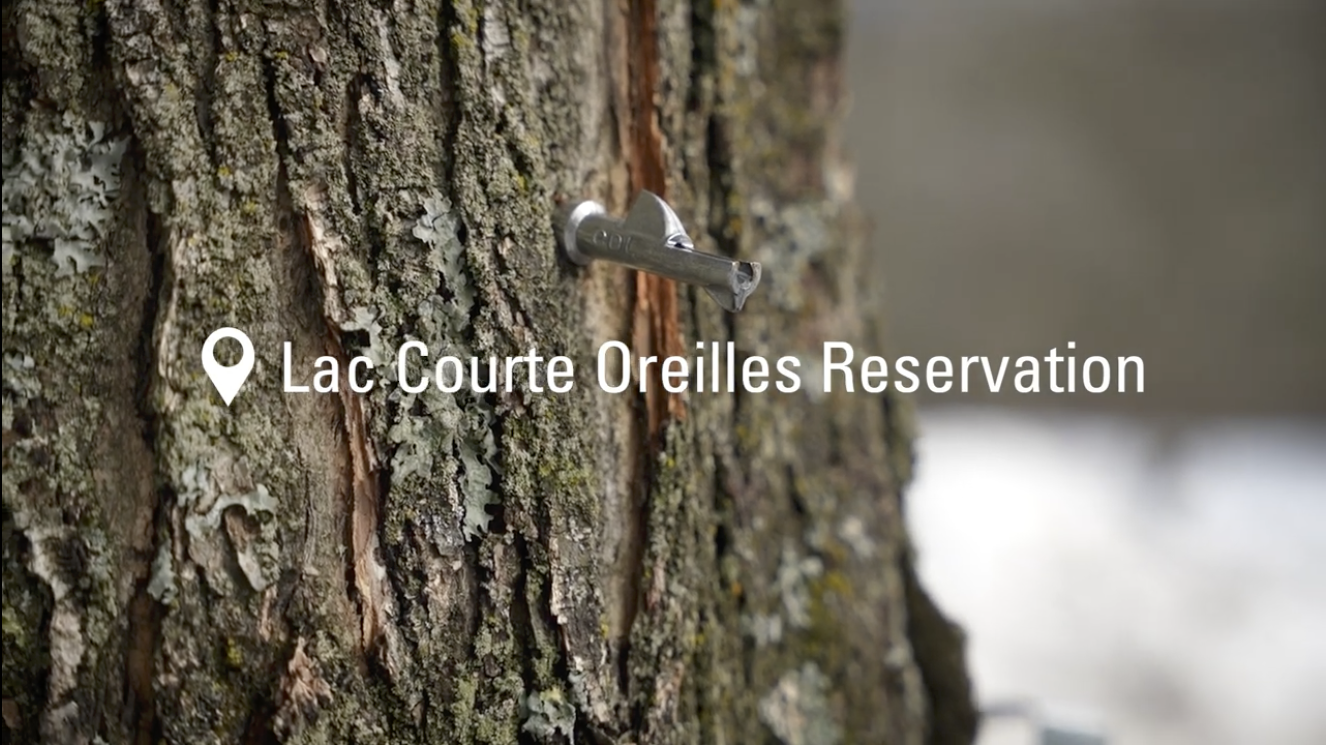 Testing Maple Sap, Fish and Wild Rice for PFAS
Wisconsin Sea Grant's emerging contaminants scientist Gavin Dehnert is working with the Voigt Intertribal Task Force on a three-year project to test for PFAS in…
Testing Maple Sap, Fish and Wild Rice for PFAS
Wisconsin Sea Grant's emerging contaminants scientist Gavin Dehnert is working with the Voigt Intertribal Task Force on a three-year project to test for PFAS in…
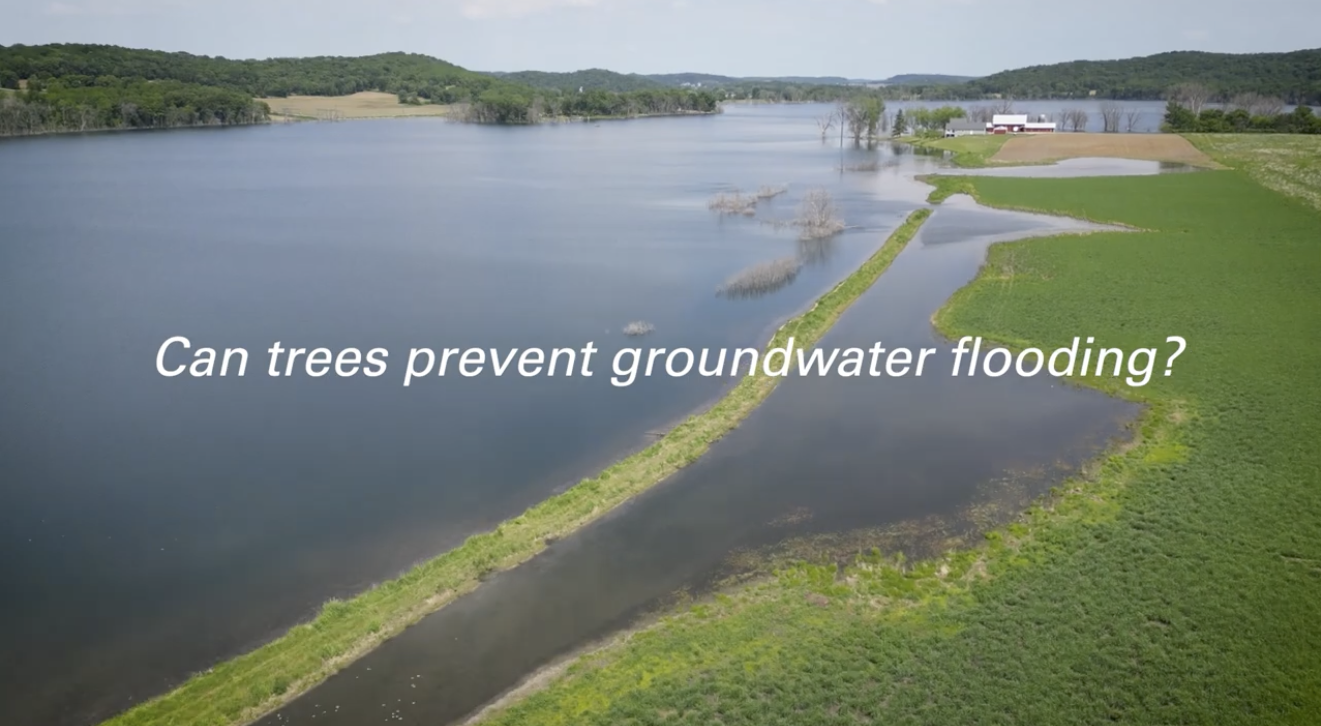 Could trees prevent groundwater flooding?
Dr. Steve Loheide spent much of his childhood on the banks of Crystal, Fish and Mud Lakes in northern Dane County, Wisconsin. “I used to…
Could trees prevent groundwater flooding?
Dr. Steve Loheide spent much of his childhood on the banks of Crystal, Fish and Mud Lakes in northern Dane County, Wisconsin. “I used to…
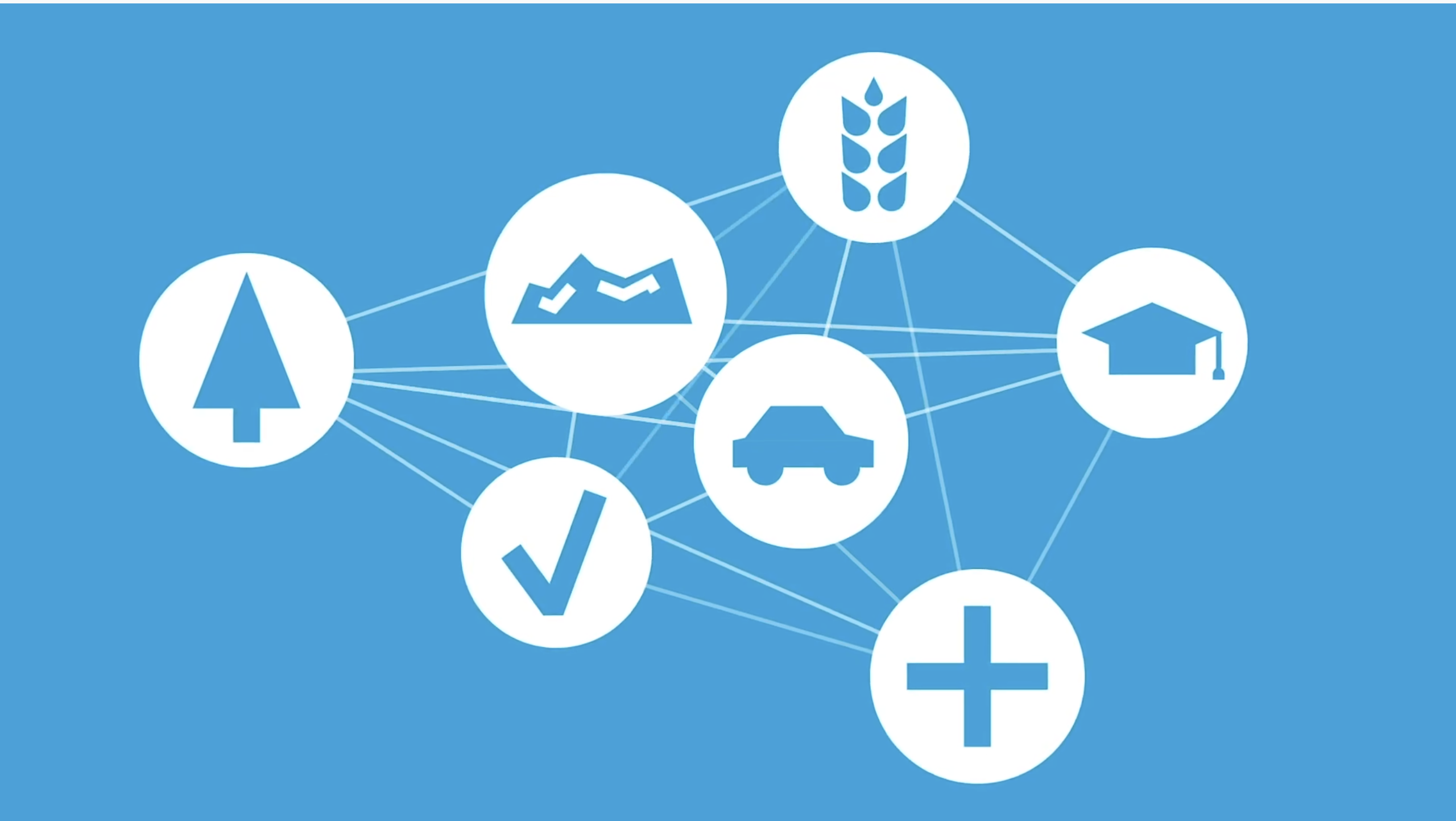 Wisconsin's Groundwater Coordinating Council
The Groundwater Coordinating Council (GCC) is an interagency group that protects Wisconsin's vast groundwater resources and funds cutting-edge groundwater research. No other state relies on…
Wisconsin's Groundwater Coordinating Council
The Groundwater Coordinating Council (GCC) is an interagency group that protects Wisconsin's vast groundwater resources and funds cutting-edge groundwater research. No other state relies on…
 Wisconsin's Groundwater Level Monitoring Network
WGNHS and the U.S. Geological Survey (USGS) Upper Midwest Water Science Center have collaborated for decades to operate, maintain, and manage the Wisconsin Groundwater-Level Monitoring…
Wisconsin's Groundwater Level Monitoring Network
WGNHS and the U.S. Geological Survey (USGS) Upper Midwest Water Science Center have collaborated for decades to operate, maintain, and manage the Wisconsin Groundwater-Level Monitoring…
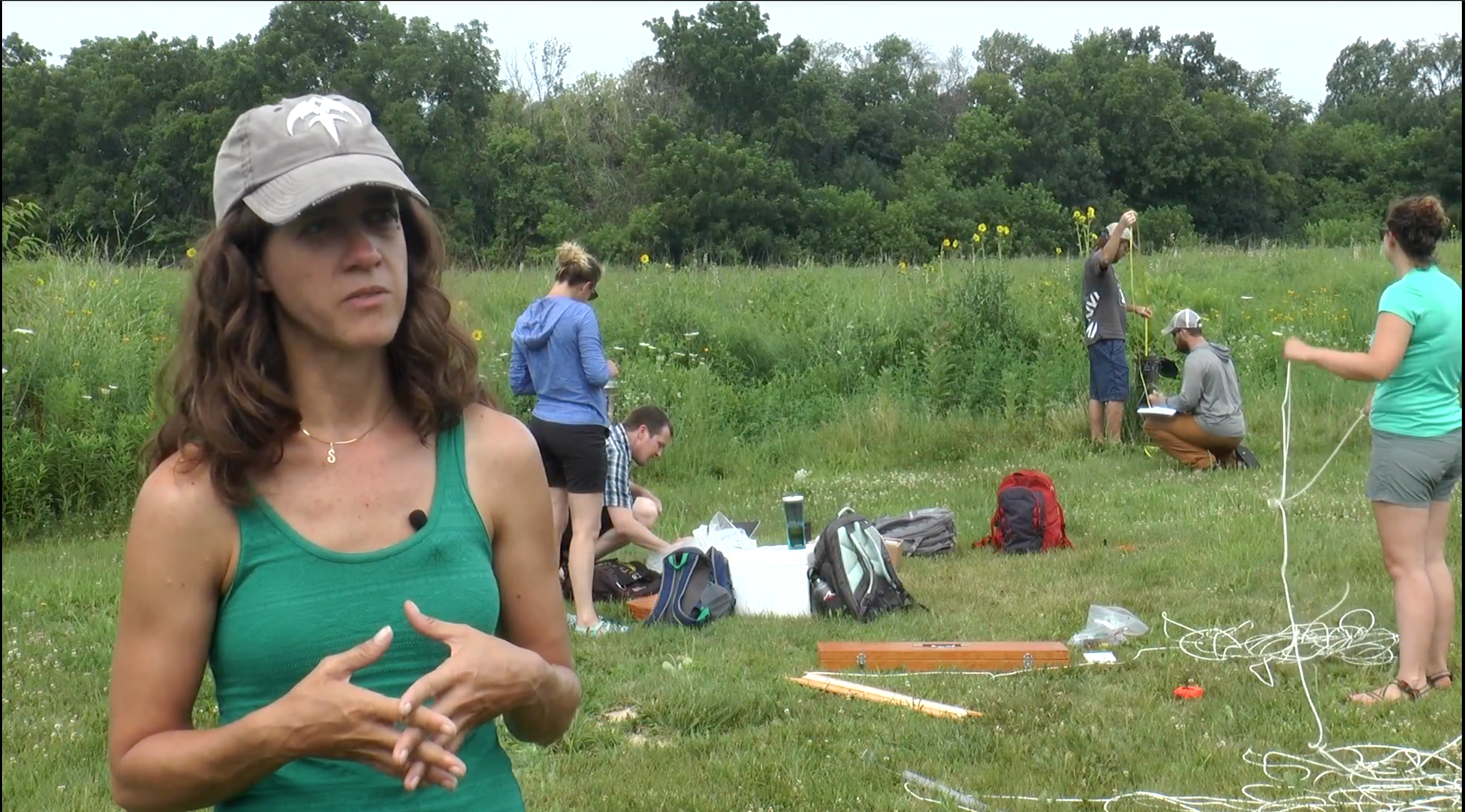 Wisconsin Water Resources Fellow Protects Drinking Water
Wisconsin welcomes Stepanie DeVries, a new Water Resources Fellow at the University of Wisconsin Water Resources Institute. DeVries is working on understanding the transport of…
Wisconsin Water Resources Fellow Protects Drinking Water
Wisconsin welcomes Stepanie DeVries, a new Water Resources Fellow at the University of Wisconsin Water Resources Institute. DeVries is working on understanding the transport of…
 About Maddie Mathews
Madeleine Mathews tells us why she came to Wisconsin from southern California and what she likes about the state.
About Maddie Mathews
Madeleine Mathews tells us why she came to Wisconsin from southern California and what she likes about the state.
 Removing Radium from Groundwater
Madeleine Matthews and Matt Ginder-Vogel tell us how they are determining the source of radium in Wisconsin's groundwater.
Removing Radium from Groundwater
Madeleine Matthews and Matt Ginder-Vogel tell us how they are determining the source of radium in Wisconsin's groundwater.
 Anne Moser: Wisconsin Water Library
Anne joined Wisconsin Sea Grant as a special librarian in February 2008, after 20 years working as an environmental librarian. She manages Wisconsin’s Water Library,…
Anne Moser: Wisconsin Water Library
Anne joined Wisconsin Sea Grant as a special librarian in February 2008, after 20 years working as an environmental librarian. She manages Wisconsin’s Water Library,…
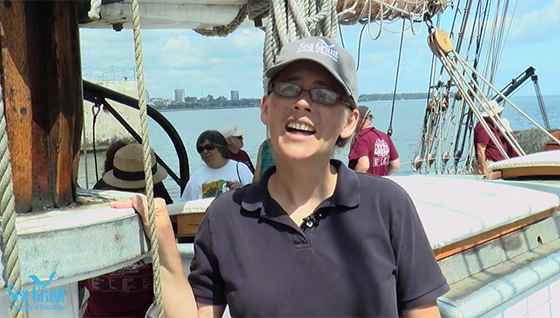 Kathy Kline: Educating Students of All Ages
Kathy Kline tells us about her work as the education outreach specialist for Wisconsin Sea Grant.
Kathy Kline: Educating Students of All Ages
Kathy Kline tells us about her work as the education outreach specialist for Wisconsin Sea Grant.
 Got Oaks?
Do you live in southwest Wisconsin, with old oak trees on your property? If so, researchers at the UW-Platteville TREEs Laboratory would like to take…
Got Oaks?
Do you live in southwest Wisconsin, with old oak trees on your property? If so, researchers at the UW-Platteville TREEs Laboratory would like to take…
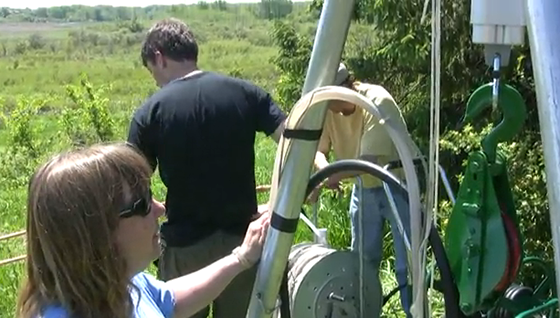 A New Measure of Groundwater Flow
In a project funded by the University of Wisconsin Water Resources Institute, researchers are experimenting with pumping hot water into a well in order to…
A New Measure of Groundwater Flow
In a project funded by the University of Wisconsin Water Resources Institute, researchers are experimenting with pumping hot water into a well in order to…
 Testing Well Water for Microorganisms
Leaking septic systems or manure from adjacent rural properties are the two most common sources of fecal contamination of a well. The University of Wisconsin…
Testing Well Water for Microorganisms
Leaking septic systems or manure from adjacent rural properties are the two most common sources of fecal contamination of a well. The University of Wisconsin…
